Given how similar the two generations look, it helps to know, when searching for an early Mk2 car, that its dominant engines are 2.0-litre diesels, whereas Mk1 cars are 2.2s. As with the Mk1, the Mk2 XF is bought new as a business tool. It’s why the 2.0-litre diesel engine – in 161bhp, top-selling 178bhp and, launched in 2017, 237bhp outputs – dominates the used car classifieds.
It’s available in the three core trims, too. All have alloy wheels, bi-xenon headlights, powered leather seats and, depending on the power, a choice of manual or eight-speed ZF automatic gearboxes. If you want luxury, go with Portfolio, but if something more sporty is your bag, choose R-Sport, with its bodykit and firmer suspension.
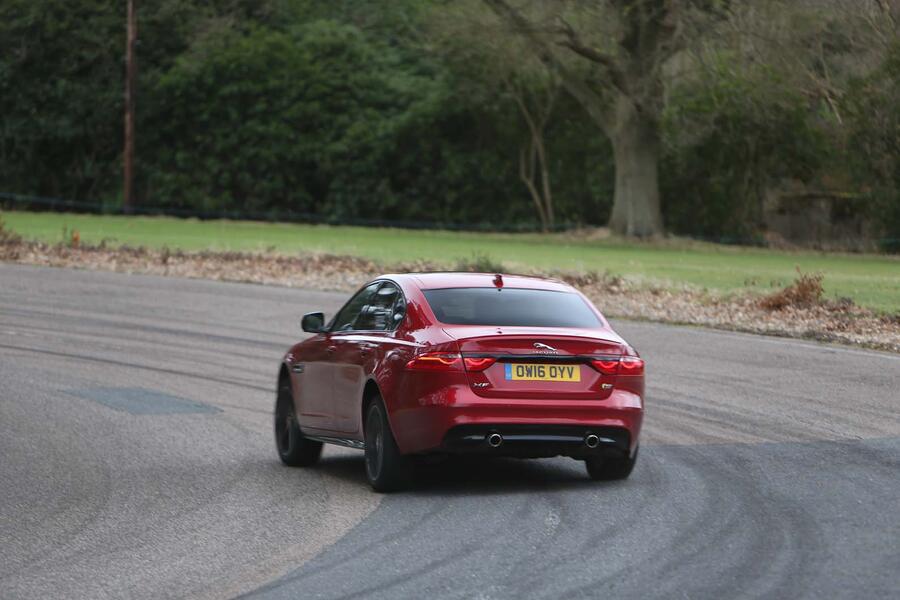
The rarer and less tax-efficient 2.0-litre turbocharged petrol engines also come in three power outputs (197bhp, 247bhp and 296bhp) but are all automatics. As with the more powerful diesels, some are available in four-wheel drive.
For a low-mileage used car buyer, a 2.0i petrol has its attractions. However, the petrol engines arrived only in 2017, are fewer in number and tend to have lower mileages. As a result, prices start at around £20,000, or £25,000 for our pick, a 2017-reg 2.0i 250PS R-Sport with 15,000 miles.
The big guns in the Mk2 lineup are 3.0-litre V6s. The diesel is turbocharged and makes 296bhp and the petrol is supercharged to the tune of 375bhp. Both come in S trim with a bodykit and adaptive dampers. We found a 2015 petrol 3.0i S with 35,000 miles for £22,995 but a same-age 3.0D S diesel with 70,000 miles for £16,745. Torquier and more economical, it’s the diesel we’d buy.
Whichever version you go for, you need to understand that the XF isn’t the most reliable car. In the last What Car? reliability survey, it came bottom in the luxury car class below the BMW 5 Series and Mercedes-Benz E-Class. If you buy one, make sure it has a belt and braces warranty.
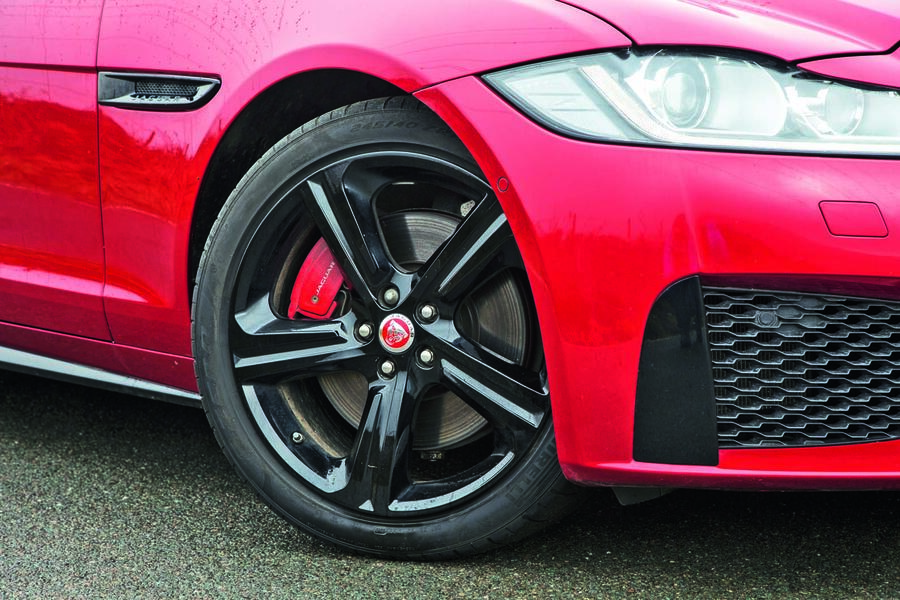


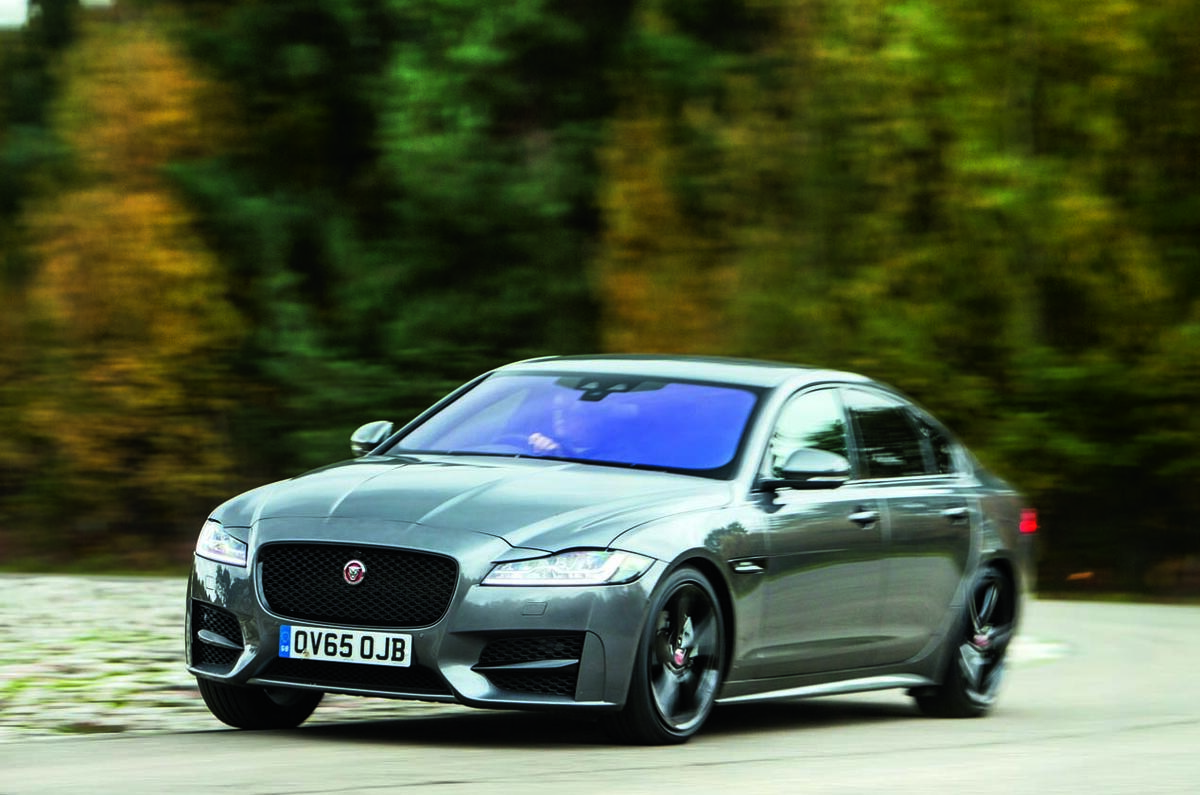
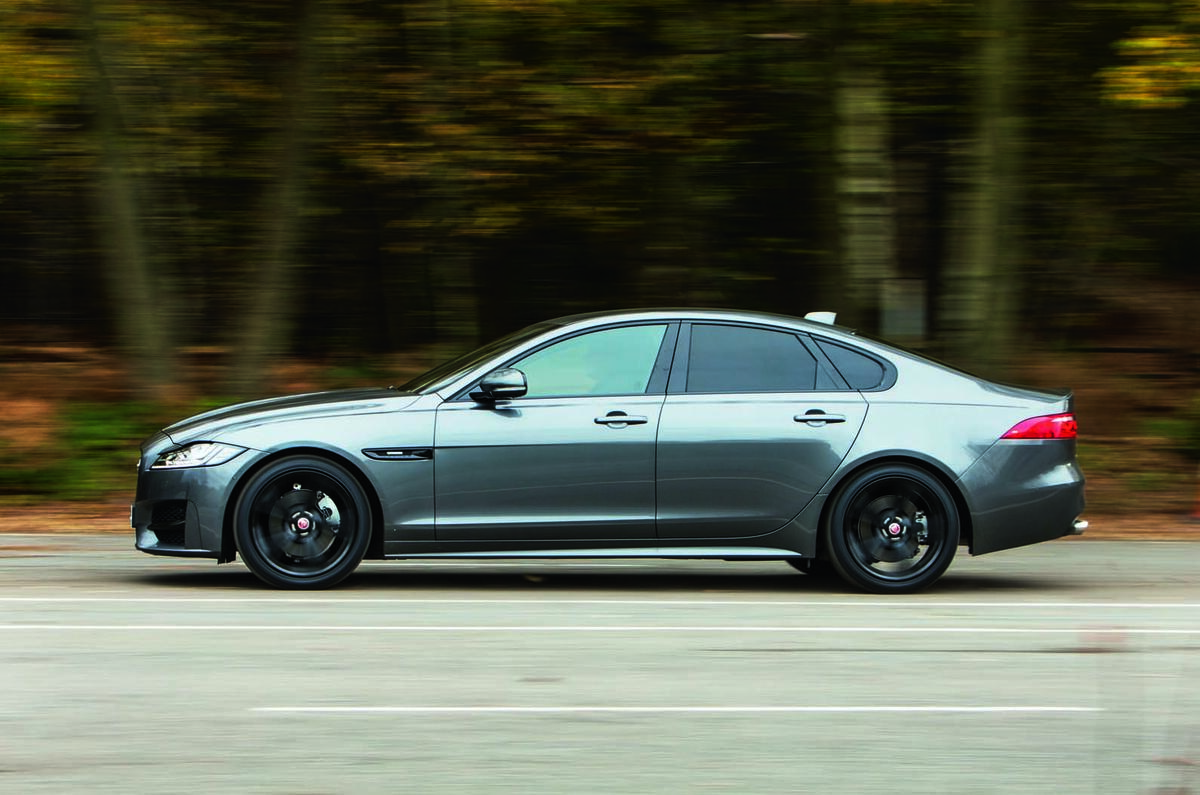
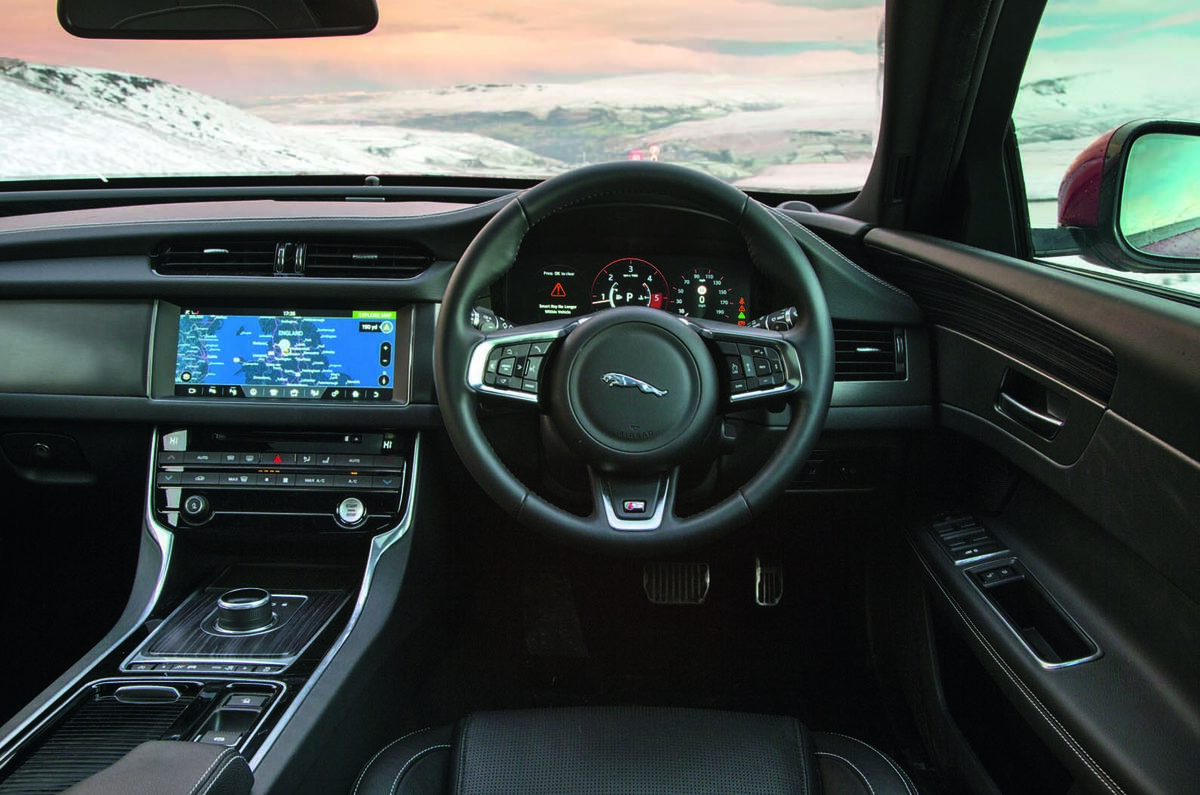

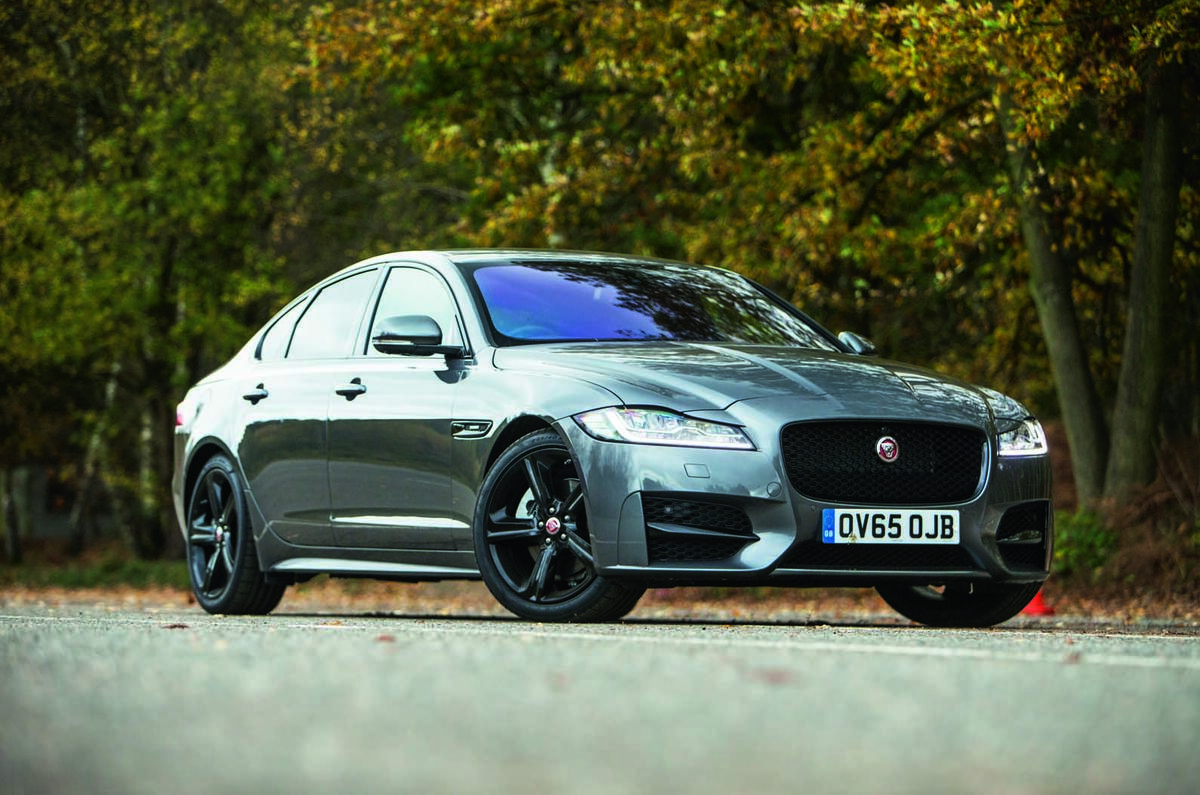
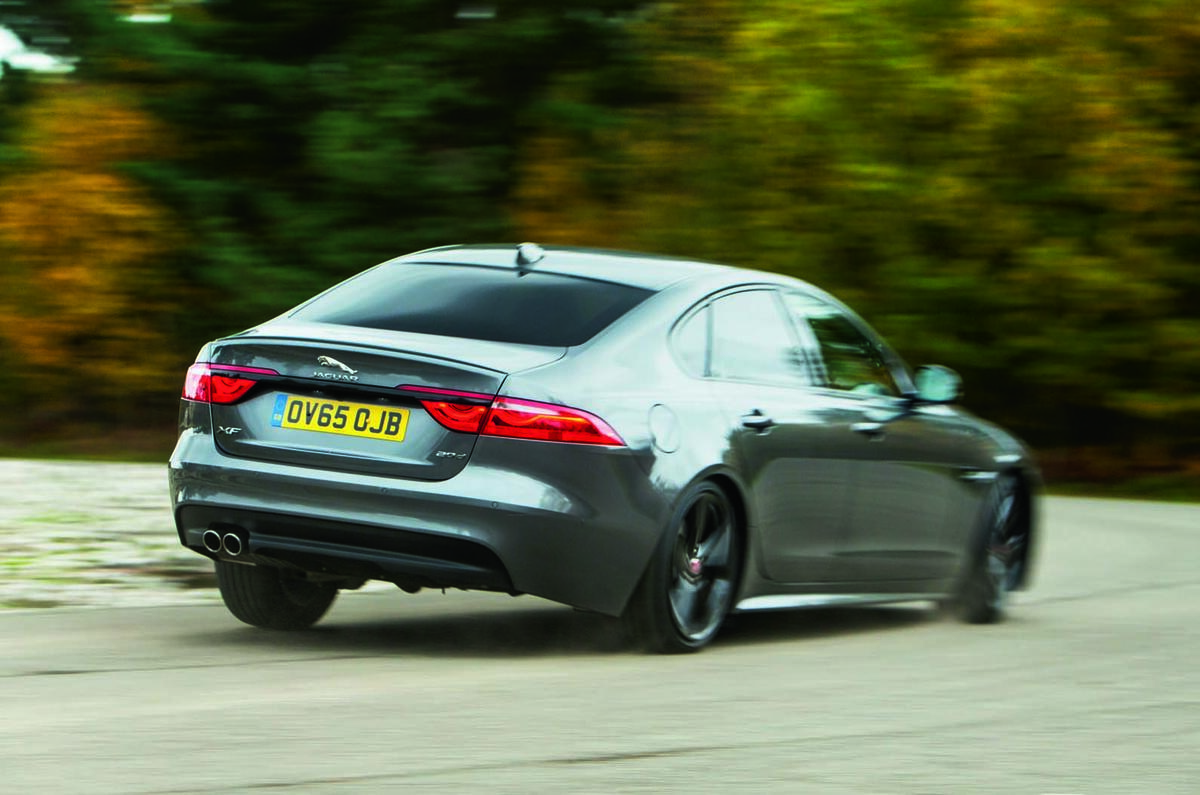
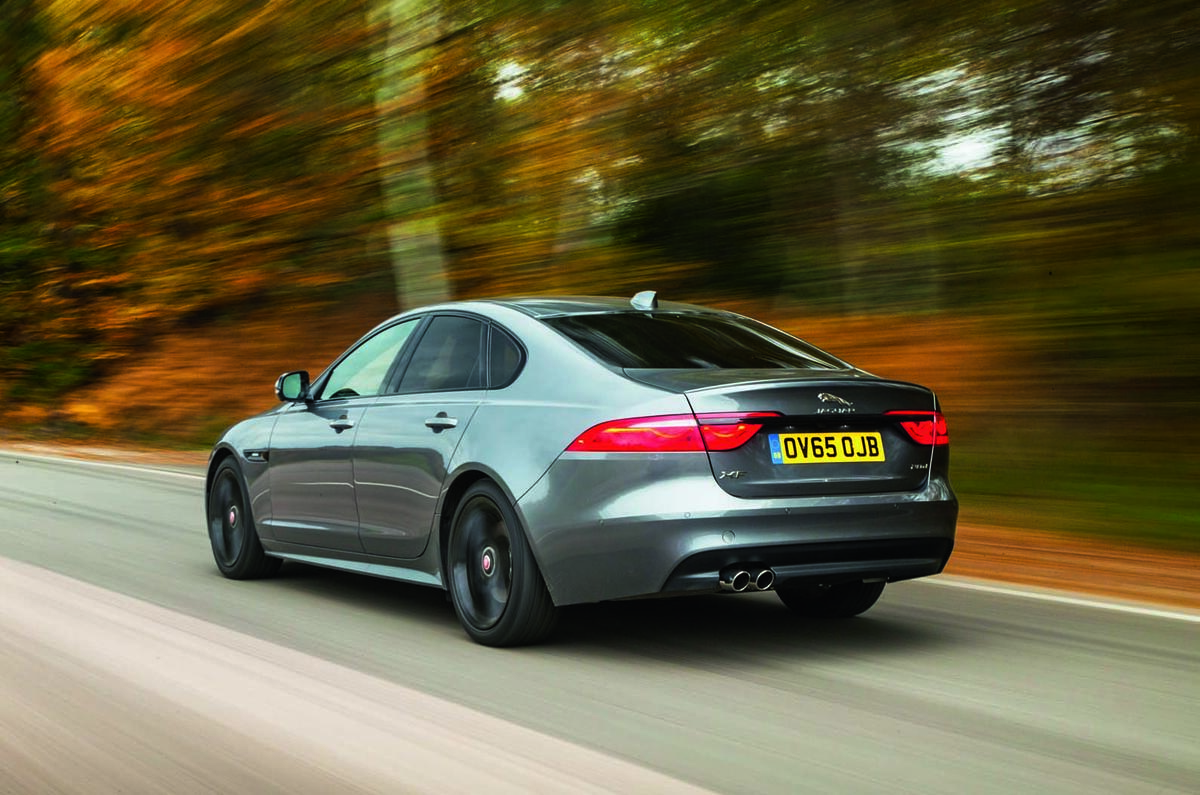
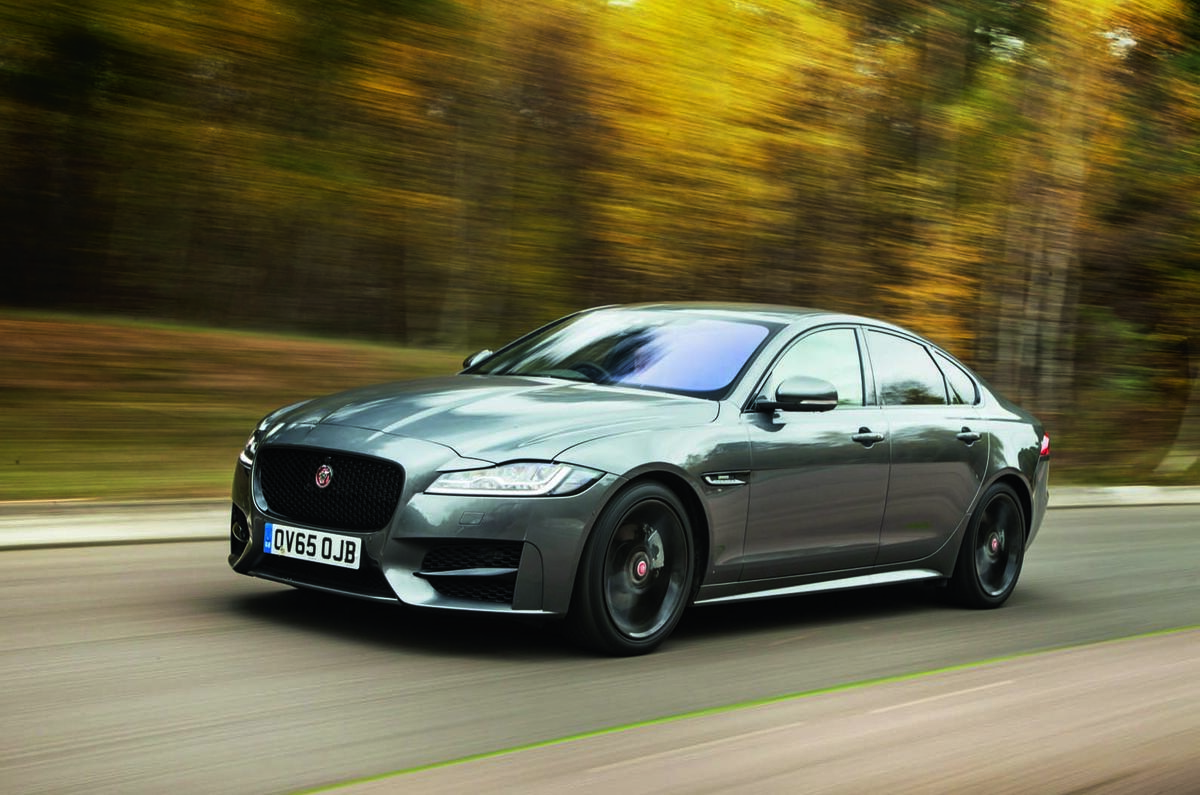
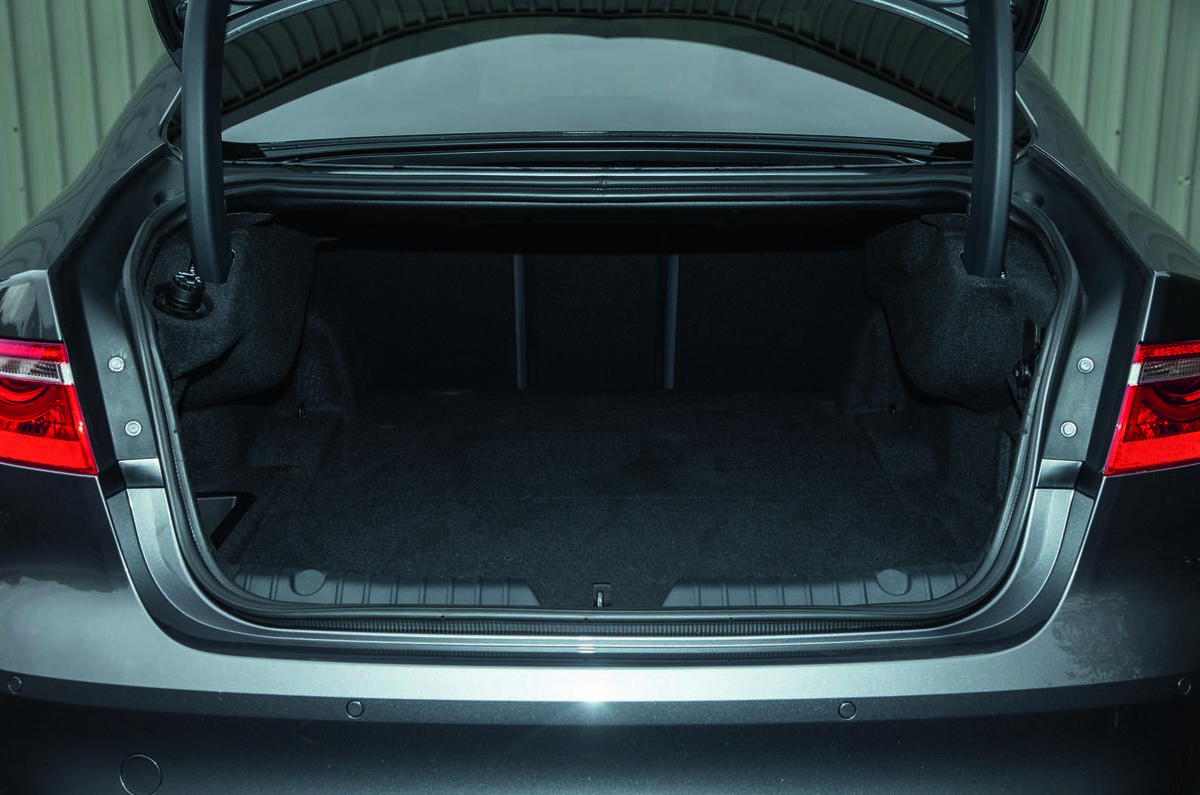
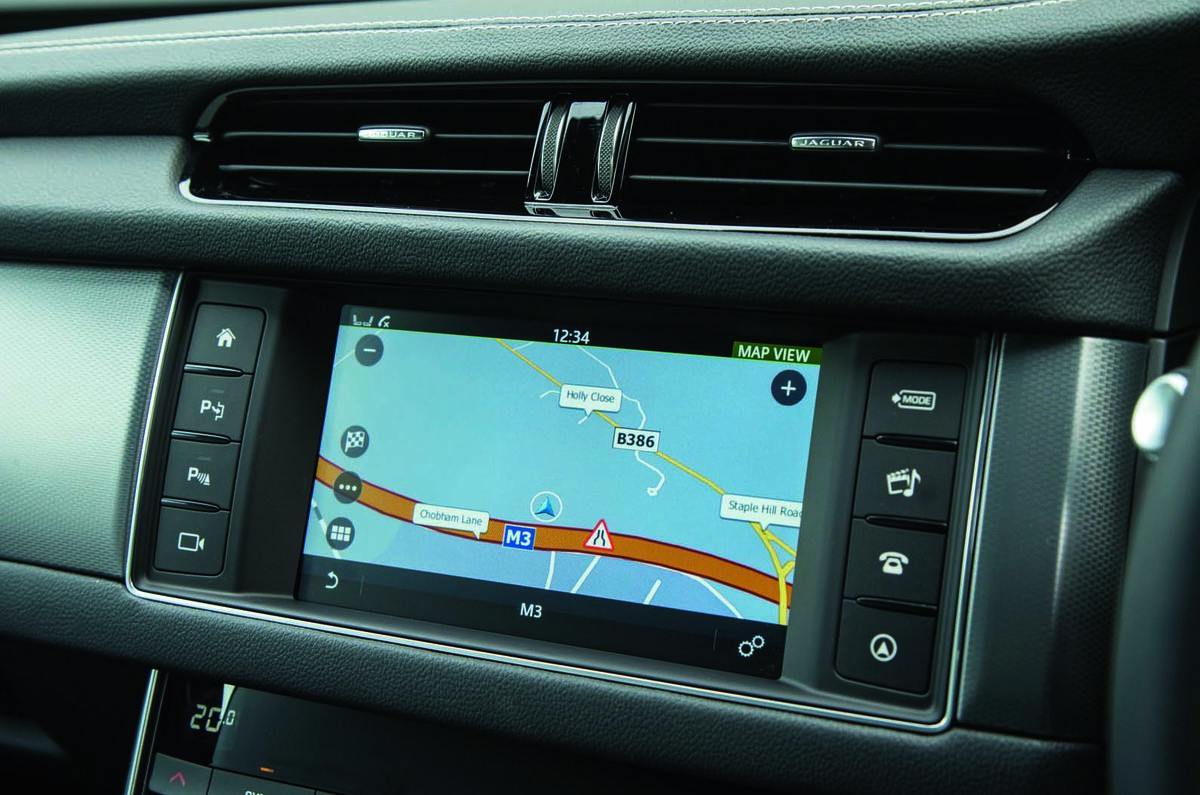
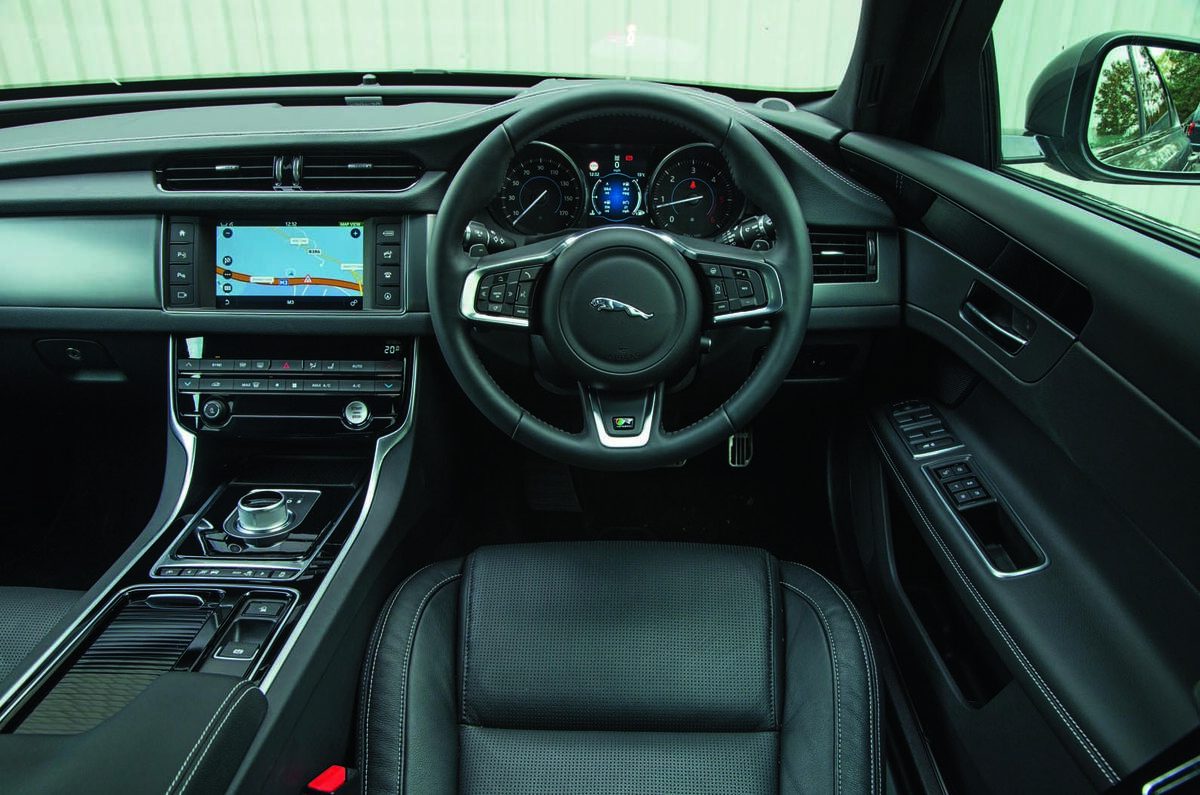
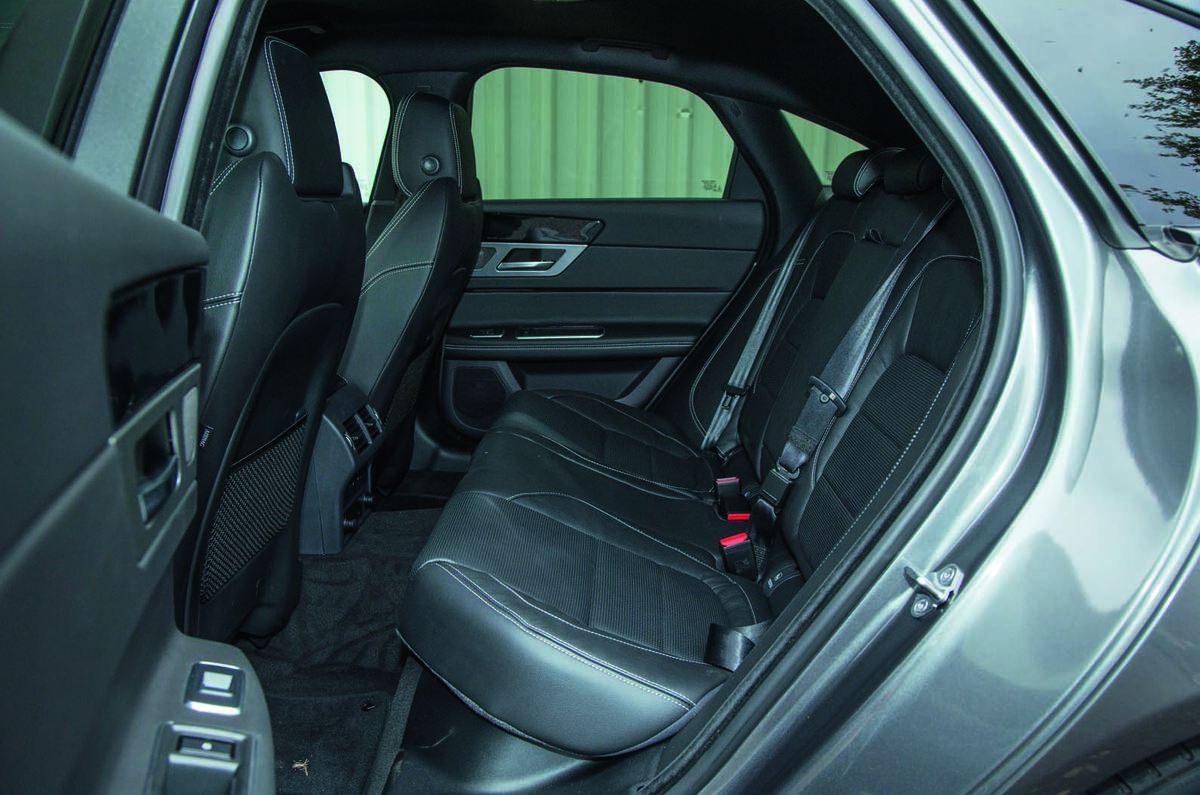
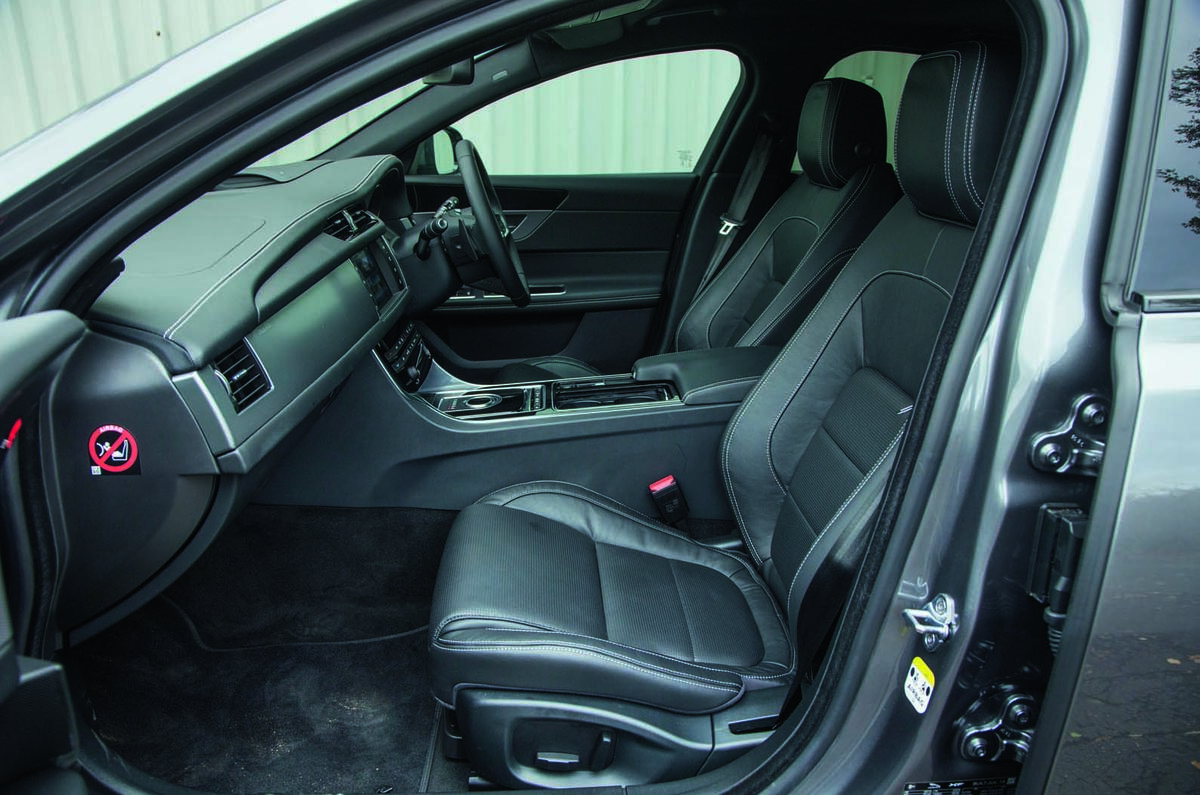
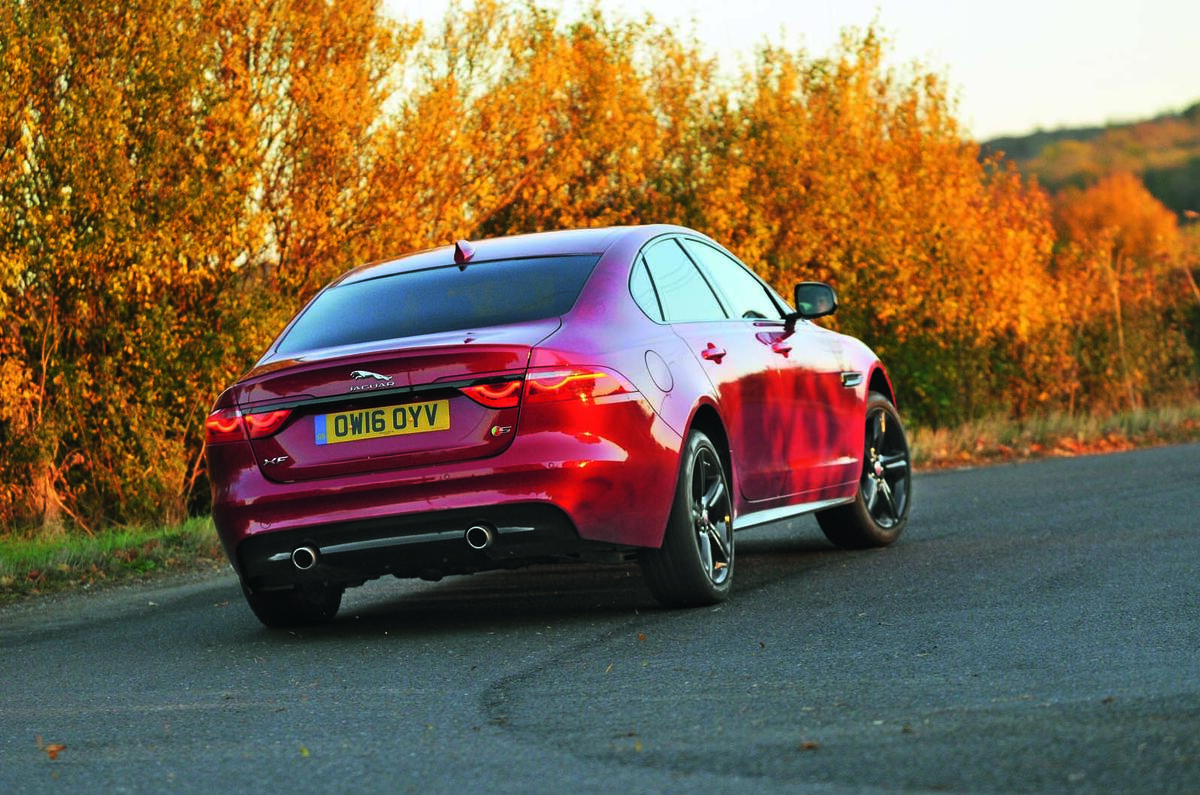

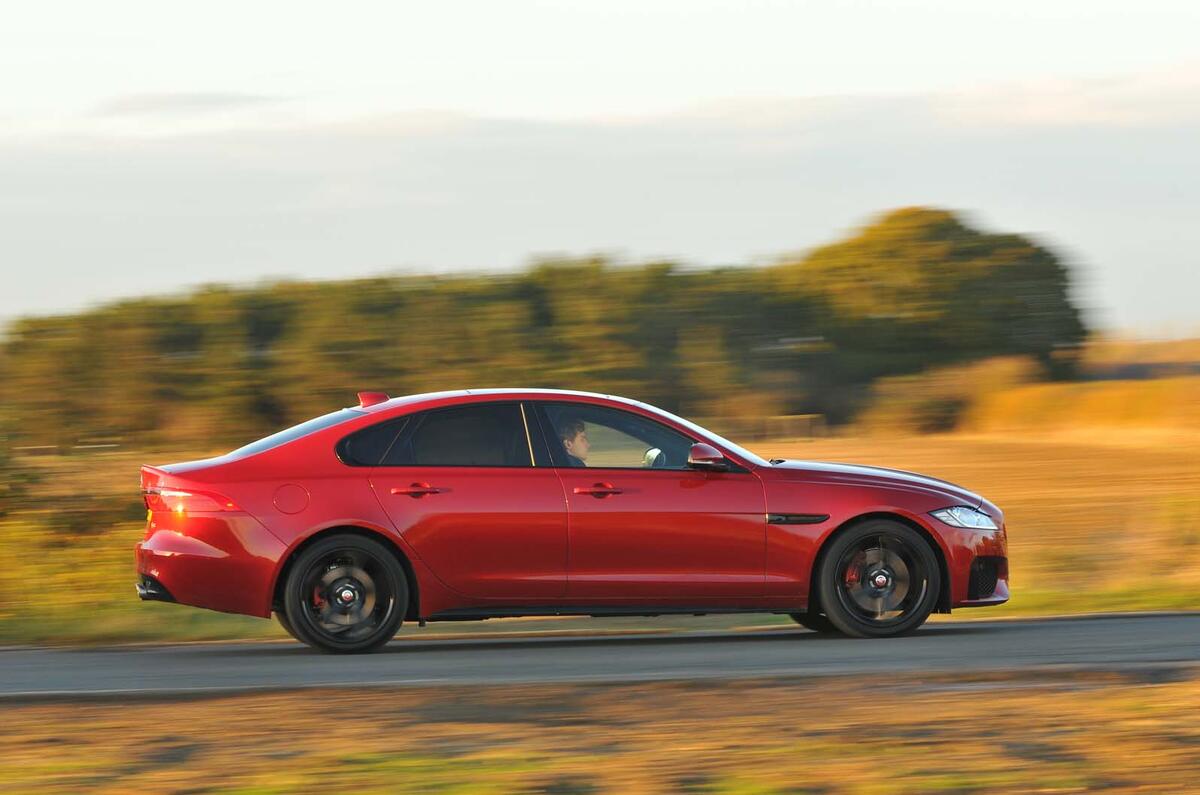
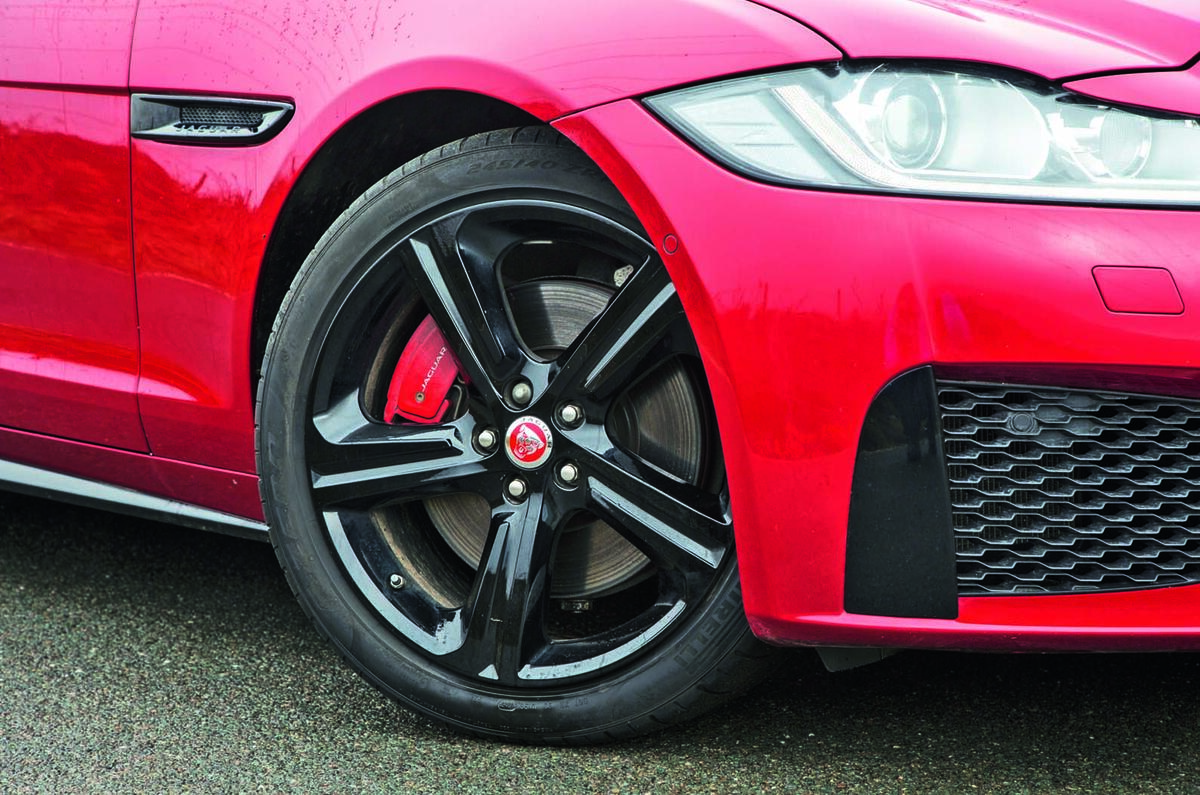
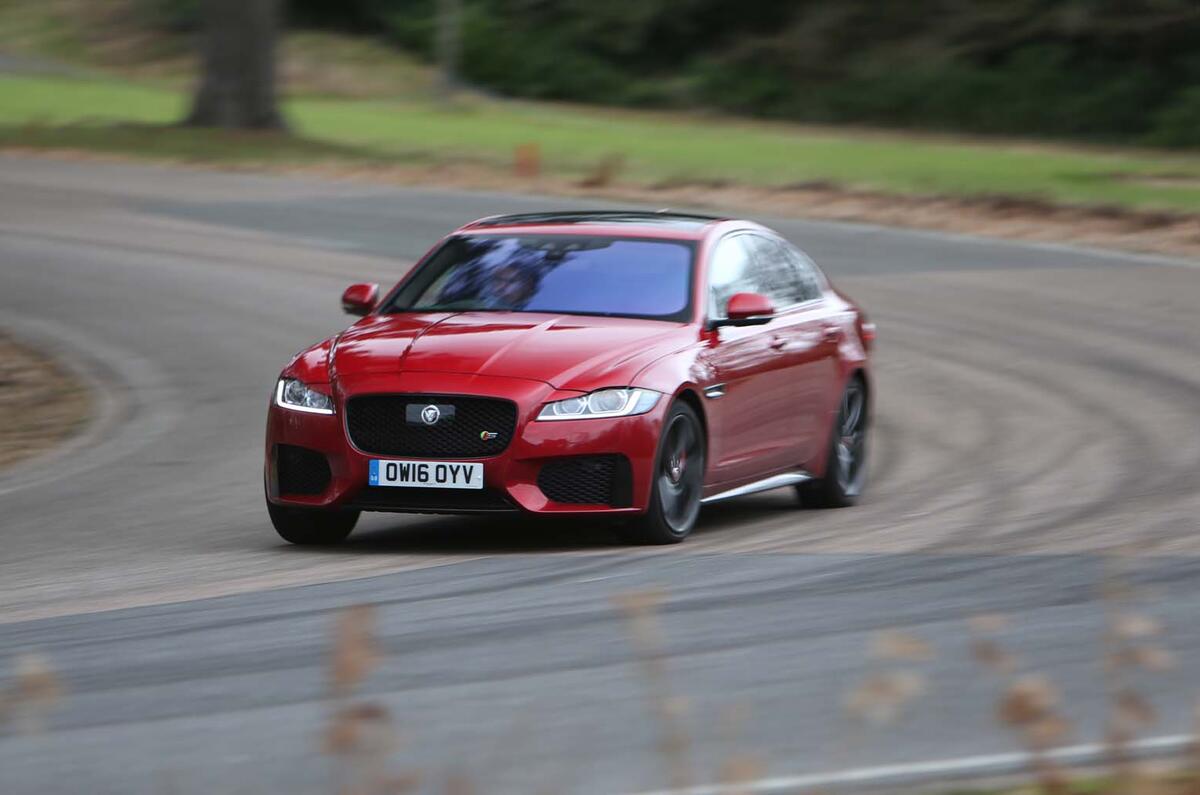
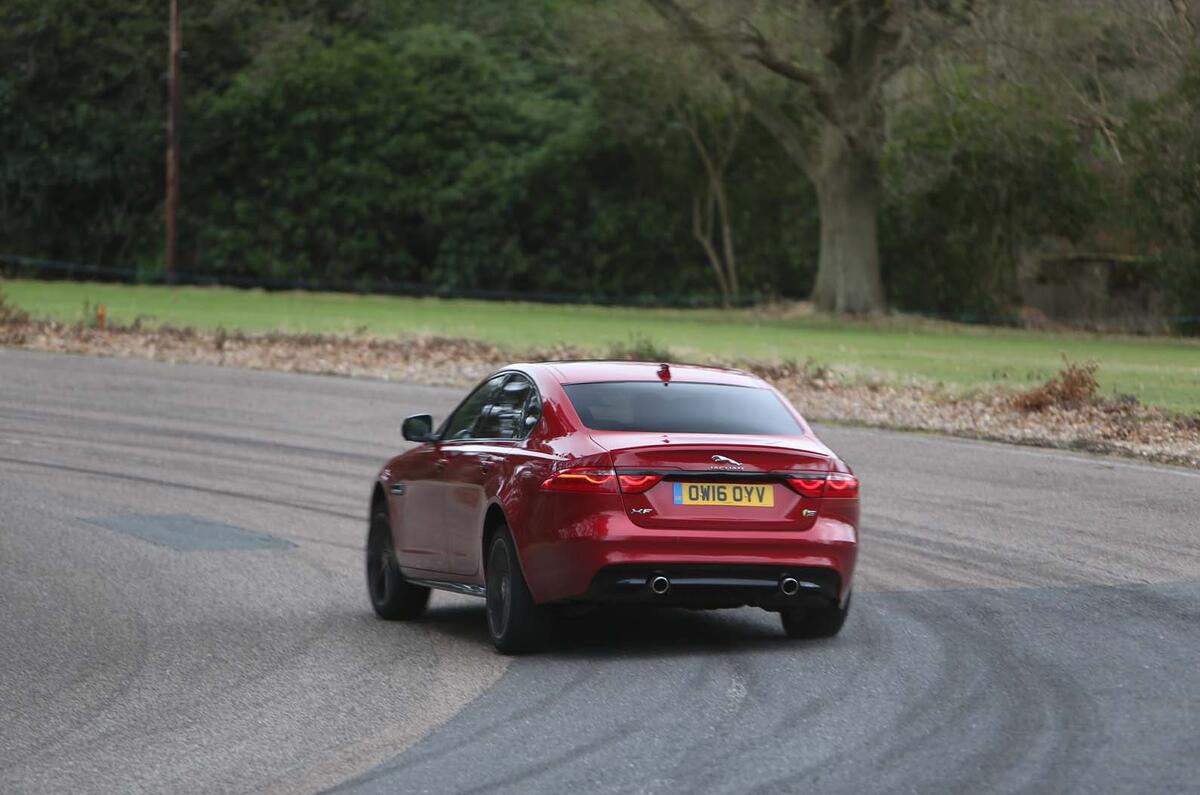
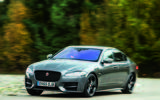


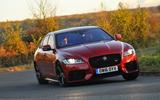
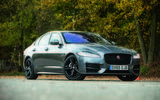


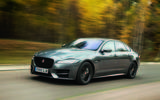
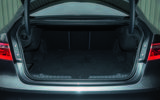
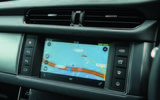
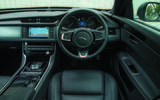
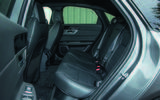

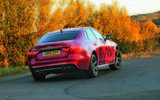

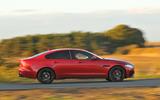

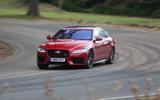





Add your comment